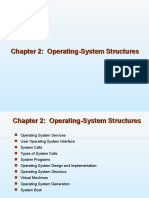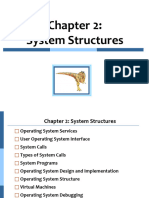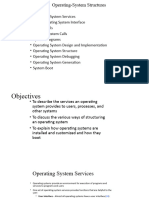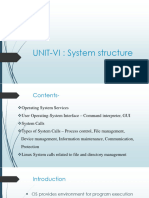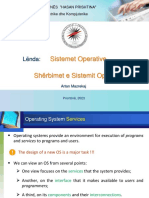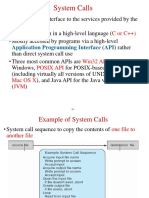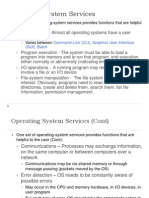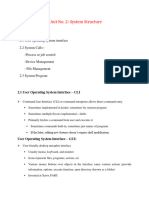0% found this document useful (0 votes)
51 views38 pagesOS - Lecture # 05 - Operating System Structure
operating system structure
Uploaded by
ahmedsoban648Copyright
© © All Rights Reserved
We take content rights seriously. If you suspect this is your content, claim it here.
Available Formats
Download as PDF, TXT or read online on Scribd
0% found this document useful (0 votes)
51 views38 pagesOS - Lecture # 05 - Operating System Structure
operating system structure
Uploaded by
ahmedsoban648Copyright
© © All Rights Reserved
We take content rights seriously. If you suspect this is your content, claim it here.
Available Formats
Download as PDF, TXT or read online on Scribd
/ 38





